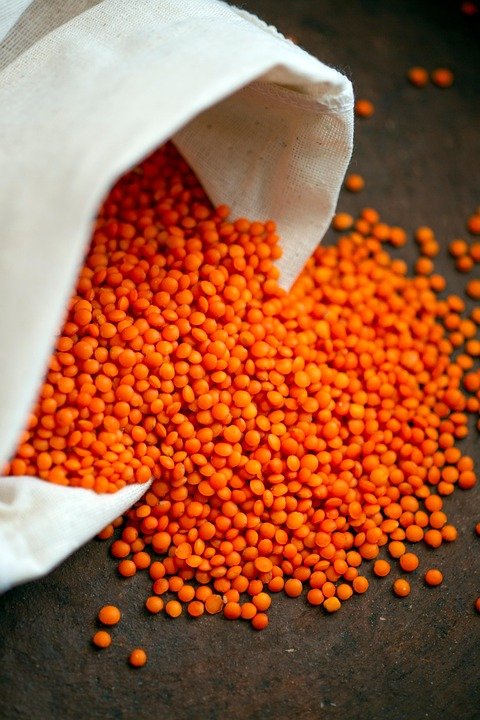[ad_1]
Creating a meal plan that is both nutritious and environmentally friendly can seem challenging, but with the right approach, it becomes simple and rewarding. A well-balanced meal plan supports your health while reducing your carbon footprint. Here are five key steps to designing a sustainable and healthy meal plan.
1. Prioritize Whole, Plant-Based Foods
A sustainable diet emphasizes plant-based foods such as vegetables, fruits, whole grains, legumes, nuts, and seeds. These foods require fewer resources (water, land, and energy) to produce compared to animal-based products.
- Health Benefits: Rich in fiber, vitamins, and antioxidants, plant-based foods support digestion, heart health, and immunity.
- Sustainability Tip: Incorporate more beans, lentils, and tofu as protein sources instead of meat.
2. Choose Seasonal and Local Produce
Eating seasonal and locally grown foods reduces transportation emissions and supports local farmers.
- Health Benefits: Fresh, seasonal produce is often more nutrient-dense.
- Sustainability Tip: Visit farmers’ markets or join a CSA (Community Supported Agriculture) program.
3. Minimize Processed and Packaged Foods
Highly processed foods often contain unhealthy additives and come in excessive packaging, contributing to waste.
- Health Benefits: Whole, minimally processed foods help maintain stable blood sugar and energy levels.
- Sustainability Tip: Opt for bulk purchases and reusable containers to reduce plastic waste.
4. Plan Meals to Reduce Food Waste
Food waste is a major environmental issue. Planning meals helps use ingredients efficiently.
- Health Benefits: Reduces overbuying and encourages mindful eating.
- Sustainability Tip: Store leftovers properly, repurpose scraps (e.g., vegetable peels for broth), and compost food waste.
5. Balance Nutrient Diversity
A sustainable meal plan should also be nutritionally complete, ensuring you get all essential macronutrients (proteins, fats, carbs) and micronutrients (vitamins, minerals).
- Health Benefits: Prevents deficiencies and supports overall well-being.
- Sustainability Tip: Rotate protein sources (e.g., beans, quinoa, eggs, fish) to maintain variety and reduce reliance on a single resource.
Final Thoughts
A sustainable and healthy meal plan benefits both your body and the planet. By focusing on whole foods, seasonal produce, waste reduction, and nutrient balance, you can create meals that nourish you while protecting the environment. Start small, make gradual changes, and enjoy the journey toward a healthier, more sustainable lifestyle!
Would you like personalized meal plan suggestions? Let us know in the comments! 🌱
[ad_2]






